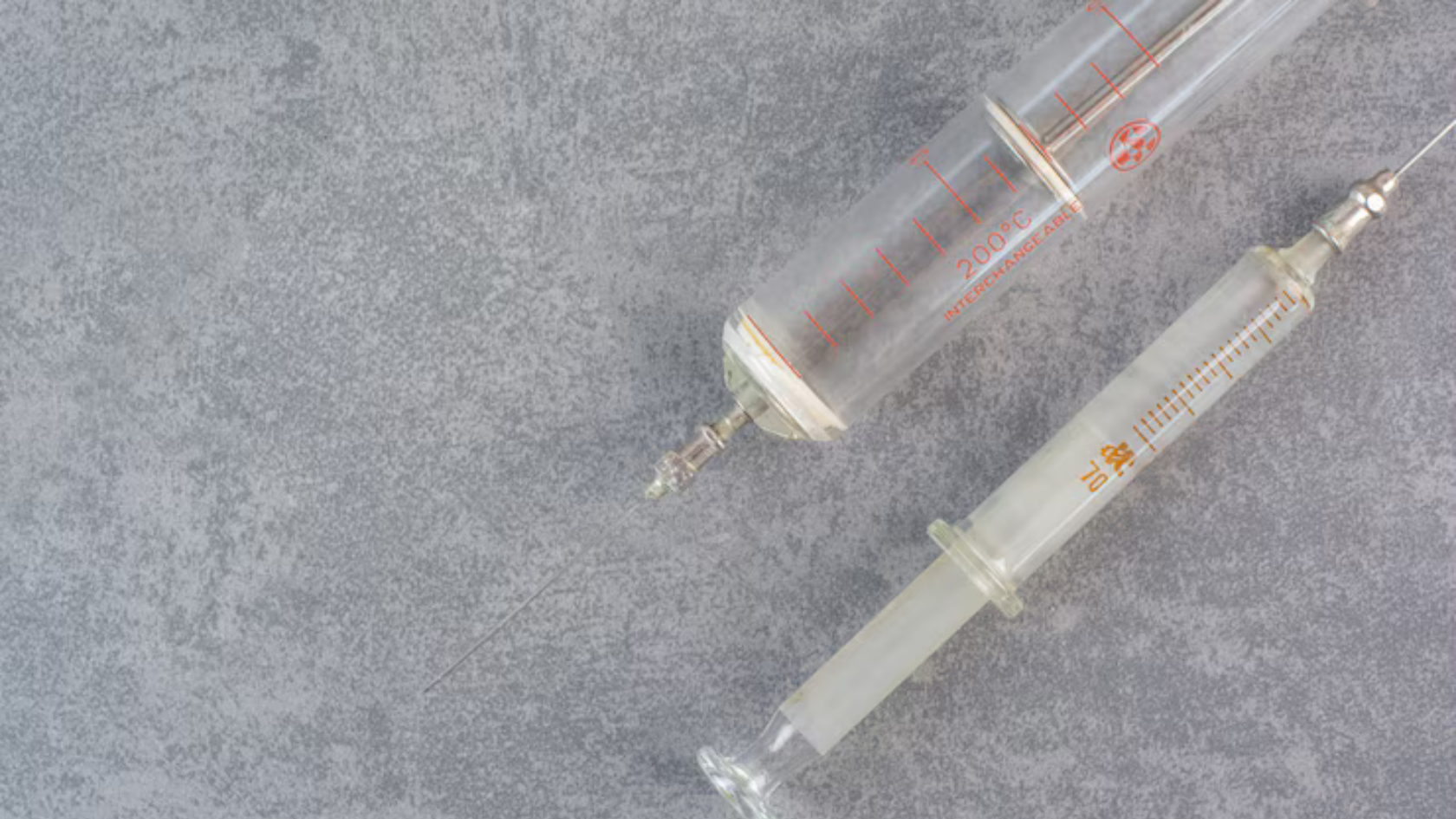The drip chamber is a crucial component of intravenous (IV) therapy systems, playing a key role in ensuring patients receive the right amount of fluids safely and effectively. This small, transparent cylinder is typically found in IV administration sets, where it connects to a bag of fluids and allows healthcare providers to observe and control the drip rate of the solution.
Understanding the function and importance of the drip chamber can enhance patient care and help users of Orion Health and Wellness Services appreciate its role in medical settings.
By design, the drip chamber prevents air from entering the IV line, which could cause dangerous air embolisms in the patient’s bloodstream. It also allows healthcare professionals to count drops and estimate the fluid flow rate easily. This dual function, preventing air embolisms and enabling precise flow monitoring, makes the drip chamber an essential part of modern IV therapy.
Key Takeaways
- A drip chamber is a clear, plastic part of an IV set that helps control fluid flow and prevent air from entering the bloodstream.
- It allows healthcare providers to see and count the drops, making it easier to adjust how fast fluids are given to the patient.
- By trapping air bubbles, the drip chamber stops them from reaching the patient’s veins, which helps avoid dangerous air embolisms.
- Drip chambers come in different types, like micro-drip and macro-drip, to match the specific needs of various medical treatments.
- They are essential in IV therapy, ensuring patients get the right amount of fluids safely and effectively during their care.
Table of Contents
Definition of Drip Chamber in IV Therapy
What is a Drip Chamber?
A drip chamber is a small, clear, plastic component in an intravenous (IV) administration set that serves two key purposes.
First, it allows healthcare professionals to see the rate at which the fluid is dripping into the line, ensuring accurate control of fluid delivery. Second, it acts as a safeguard by preventing air from entering the IV line, which can cause harmful air embolisms in the patient’s circulatory system. The drip chamber typically sits below the fluid bag and connects to the IV tubing that leads to the patient’s vein.
In practice, the drip chamber is filled partially with fluid, and healthcare providers count the drops that fall into it to measure the flow rate. This method is known as the “drops-per-minute” technique, which helps clinicians set the desired rate of fluid administration. The transparent design of the chamber makes it easy to visually confirm both the fluid level and the presence of any air bubbles.
Importance of Drip Chambers in Clinical Settings
Drip chambers are an indispensable part of safe and effective IV therapy. Without them, healthcare providers would struggle to regulate fluid flow accurately, potentially leading to complications like fluid overload or dehydration. By providing a controlled visual cue, the drip chamber helps maintain the precise fluid balance that patients need.
Another critical role of the drip chamber is to trap air that may have entered the system during bag changes or when the IV line is connected. Air in the IV line can be dangerous, as it can travel to the patient’s bloodstream and cause air embolisms, a potentially life-threatening condition. The drip chamber, by design, collects air at the top of the chamber and keeps it from advancing further down the line. This safety feature ensures that patients receive only fluids—without any air bubbles—into their veins.
Additionally, the drip chamber facilitates medication delivery when drugs are mixed with IV fluids. Nurses and other healthcare providers can easily monitor and adjust the medication flow rate, ensuring that patients receive the correct dosage over time.
For Orion Health and Wellness Services users, understanding the drip chamber’s importance can empower them to ask informed questions about their care and appreciate the dedication to patient safety that modern healthcare practices embody.
How Drip Chambers Function and Support IV Therapy
Visual Monitoring of IV Fluids
One of the most important functions of the drip chamber is to provide a visual indicator of fluid flow. When an IV is in use, healthcare professionals need to be sure that the fluid is moving at the right pace. The drip chamber accomplishes this by allowing them to observe the individual drops falling into the chamber. By counting these drops, they can calculate the flow rate in drops per minute, which is a critical step in ensuring patients receive the correct amount of fluids.
This visual monitoring is especially important in situations where precise fluid management is necessary, such as in pediatric care or in patients with specific medical conditions like heart or kidney problems. If the drip rate is too fast, it can lead to fluid overload, while too slow a rate may result in dehydration or under-treatment. The drip chamber allows providers to adjust the IV rate accordingly, using either a manual flow regulator or an infusion pump.
Air Prevention and Patient Safety
Another essential feature of the drip chamber is its ability to trap air. When the IV bag is connected or when a new bag is installed, there’s a chance that air could enter the system. If this air reaches the patient’s bloodstream, it can cause serious harm, including embolisms that block blood flow and can be life-threatening. The drip chamber acts as a safety buffer, capturing air at the top of the chamber so that only fluid proceeds down the IV line.
This function is particularly important in busy healthcare environments, where IV systems are frequently changed or adjusted. By preventing air from traveling to the patient, the drip chamber plays a key role in maintaining patient safety and ensuring the effectiveness of IV therapy.
Additional Benefits of Drip Chambers
Beyond its primary functions, the drip chamber can also aid in the delivery of certain medications that need to be infused alongside fluids. Many medications are mixed with IV solutions, and the drip chamber allows healthcare providers to visually verify that the medication is being delivered at the right rate. This helps avoid errors in dosage and ensures patients receive the medication as prescribed.
For Orion Health and Wellness Services users, understanding the drip chamber can enhance their appreciation of the safety measures and quality care provided by healthcare professionals. Knowing how this small but vital component works can make patients feel more confident and reassured during their IV therapy.
Take Control of Your IV Therapy Experience Today!
Frequently Asked Questions
A drip chamber is used to regulate and monitor the flow of fluids into a patient’s bloodstream.
Filling the drip chamber halfway allows it to trap air bubbles and prevents air from entering the IV line.
They count the number of drops per minute falling into the chamber to calculate the fluid flow rate.
Yes, by trapping air bubbles, it prevents them from entering the patient’s bloodstream.
It can interfere with drop counting and may make it harder to see the fluid flow, so it’s important to keep it half-filled.
Yes, different sizes are used for different therapies (e.g., microdrip vs. macrodrip) depending on the flow rate needed.
No, it’s recommended that only trained healthcare professionals adjust the drip chamber to ensure safety.
It sits below the IV fluid bag and is connected to the tubing that delivers fluids to the patient.
No, they are generally disposable and intended for single-use only to prevent infections.
Because it allows healthcare professionals to observe and count the “drips” of fluid, making it easy to regulate flow rate.

